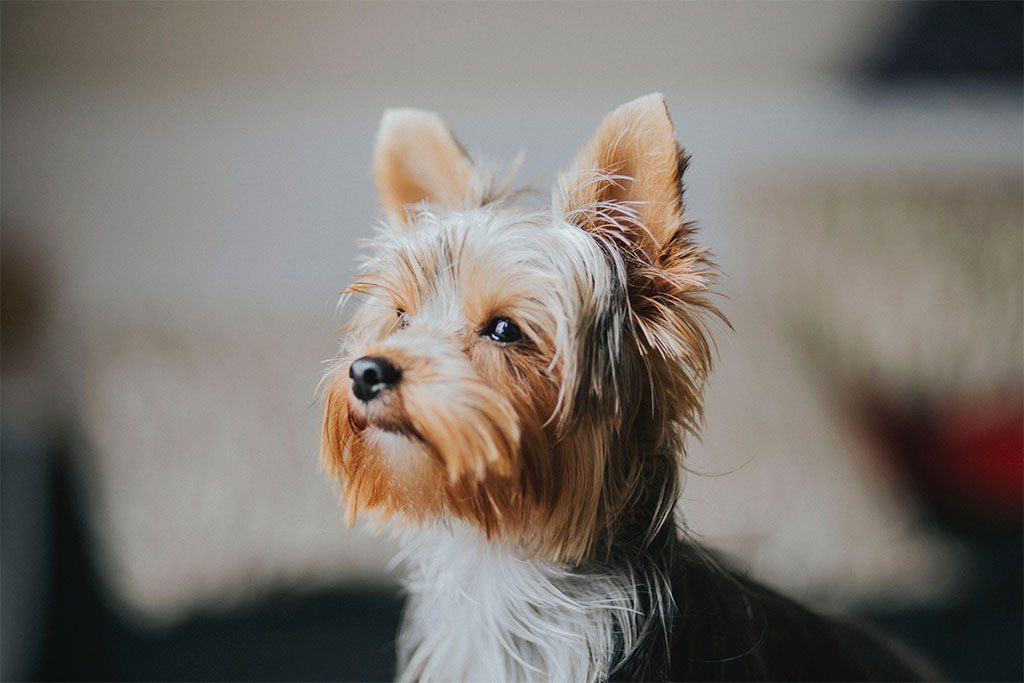
When we have at home a pet as dear and adored as a yorkshire terrier, we can often ask ourselves -consciously or unconsciously- the following question: how many years does a yorkshire live or what is the life expectancy for a yorkshire?
It is inevitable and, surely, has ever crossed your mind. It is a logical and natural doubt. Hopefully, our yorki will accompany us for a good handful of years in our life, with all that this entails: moves, job changes, children.
Navaris Automatic Food Dispenser with Timer – 6L Automatic Feeder for 4 servings of Food per day – for Dogs and Cats
Navaris Automatic Food Dispenser with Timer – 6L Automatic Feeder for 4 portions of Food per day – for Dogs and Cats
70,99 EUR
For these reasons, mainly, it is good to anticipate and assume what will be our roadmap in the medium-long term and if it has room for our yorkshire terrier (important thing to consider before adopting a yorkshire terrier).
Obviously, the answer to this question is “it depends”. For this type of question, it is difficult to predict or forecast a figure in years more or less accurate. However, we can be guided by the average life expectancy of this popular breed of dog.
Life expectancy: how many years does a yorkshire terrier live?
Before talking about life expectancy or how long a yorkshire terrier lasts, it is worth clarifying that there is no specific guideline for this. So how long does a yorkshire terrier live and what is its average age? While it is true that most Yorkies exceed ten years of age (as we count them for people), they can live even between twelve and sixteen years.
This will depend, as it is obvious, of the quality of life that we have provided to our yorkshire, of possible diseases and, more specifically, of its size and weight in adulthood.
What does this mean? As we have already commented on occasion, yorkshires of smaller size and weight are usually much weaker and more delicate, so they are more sensitive to any accident. In addition, their immune system is not as prepared to fight against viruses and diseases as the larger ones can be.
However, feel lucky if you own a Yorkshire, this breed is, although it may not seem so, one of the breeds with the longest life expectancy!
Stages: growth, adulthood and maturity
Once we know how many years a Yorkshire lives on average, it may be interesting to discover what are the stages that dogs go through throughout their lives. Do you want to know what they are and when each of them occurs? Read on!
Growth: this is the first stage and corresponds to the time that elapses from the birth of the Yorkshire puppy until it is approximately 10 months old. Here you can see the biggest physical changes, as it begins to increase its size and weight while its hair is mutating and developing its reproductive organs.
Adult stage: it develops from 10 months to 8 years of age. From this moment on, the reproductive instincts are accentuated, the females start to go into heat and their weight and growth stabilize. In terms of character, although they are still playful and restless, they become calmer.
Maturity: from 8 years of age until the time of death. At this stage, the Yorkshires opt for a quieter and more restful life. Keep in mind that the passing of the years can limit the capabilities of our yorkshire terrier, such as physical abilities, visual acuity or perception of sounds.
Do not be alarmed if, already in maturity, your yorkshire is no longer able to climb on the couch or dodge obstacles as before. Reflexes are impaired at this age and their joints and limbs are probably worn out.
Symptoms of old age in a yorkshire terrier
As with any living being, every self-respecting life someday comes to an end with death. Sadly, also for our beloved Yorkies.
Apart from age, which is a clear indicator to know the vital stage in which our dog is, there are a number of symptoms or signs that can help us identify that the animal has reached old age.
Decreased activity (yorkshire terriers are a breed characterized mainly by their high level of activity and nervousness) and vigor are two of the main symptoms of maturity.
This particular breed, moreover, is prone to tooth loss during adulthood and maturity, with the drawbacks for feeding and bad breath that this entails. For this reason it is essential to take good care and maintenance of our dog’s teeth.
Finally, the coat can decrease its density and -as we mentioned before-, it is possible to observe the first






